
How do Dekko Comics help dyslexic students?

While Dekko Comics is a resource for everyone, it has proven especially helpful for children with dyslexia.
They have been designed with dyslexia-friendly features in mind, as well as proving naturally easier to read through the comic format.
Here are some examples of the features Dekko provides that are helpful for dyslexic readers:
Dyslexia-Friendly Font
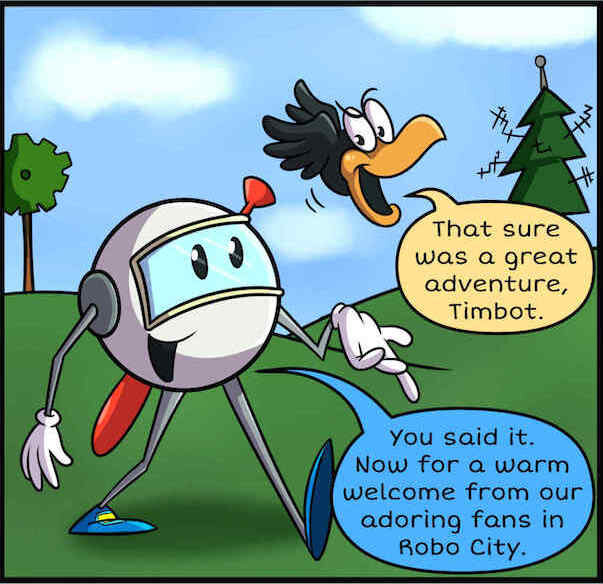
We use a dyslexic friendly font to make it easier for readers who might struggle with more standardised text, (every detail helps).
For some of our comics (like all of our “Timbot” stories), we even use coloured speech bubbles, to make it easier for those who struggle with black text against a white background. (We may use this more in future).
Colour Coding
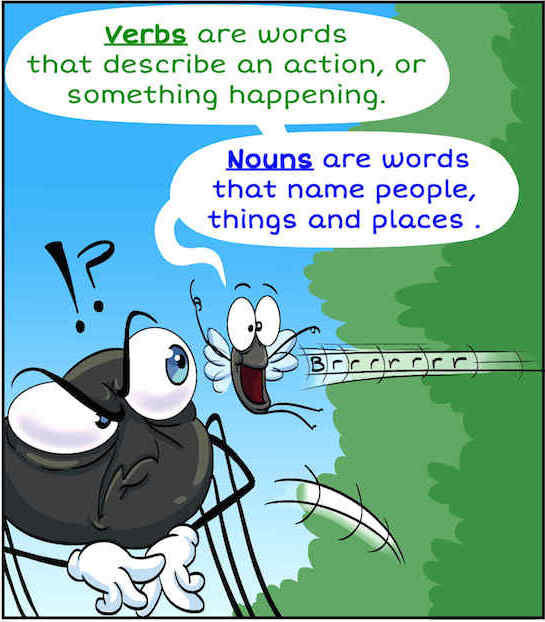
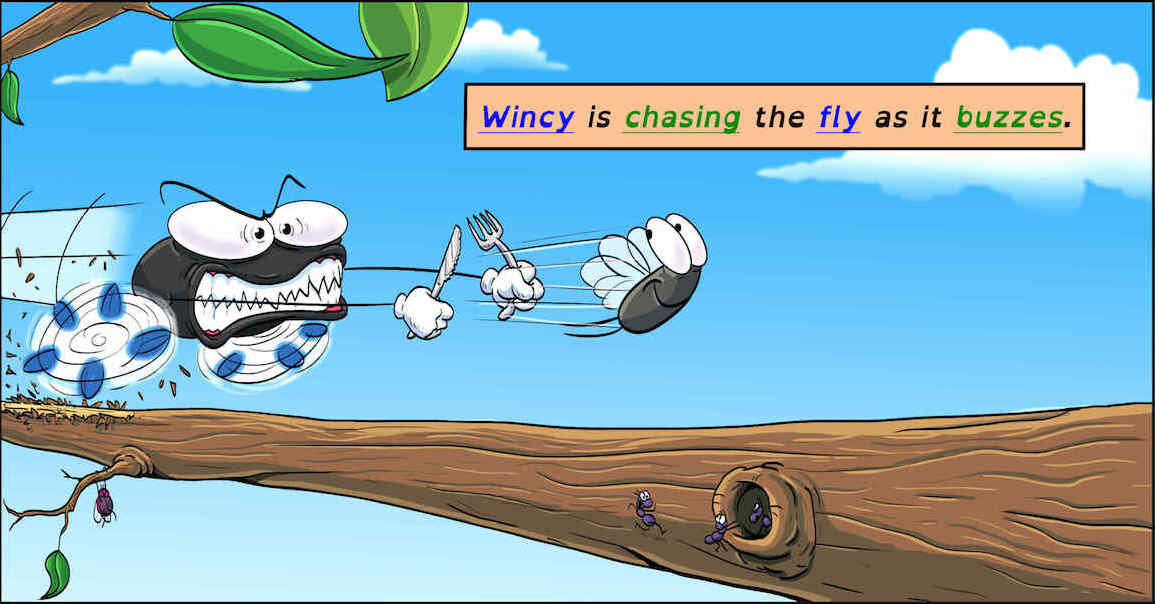
As seen in mind mapping, colour coding has proven a popular and helpful technique for students with dyslexia.
Often in their study notes or mind maps they will differentiate different points with different colours, to help break down the info and link it to the facts.
Colour coding is also considered fun by many dyslexic students, and makes the information more appealing and eye-catching.
Therefore, Dekko Comics uses colour coding to help readers take notice of what they are learning. The character text is left black&white, while the educational part is coloured.
This helps readers remember and relocate facts they’ve learned in the comic during and after reading it.
Using Key Words & Phrases
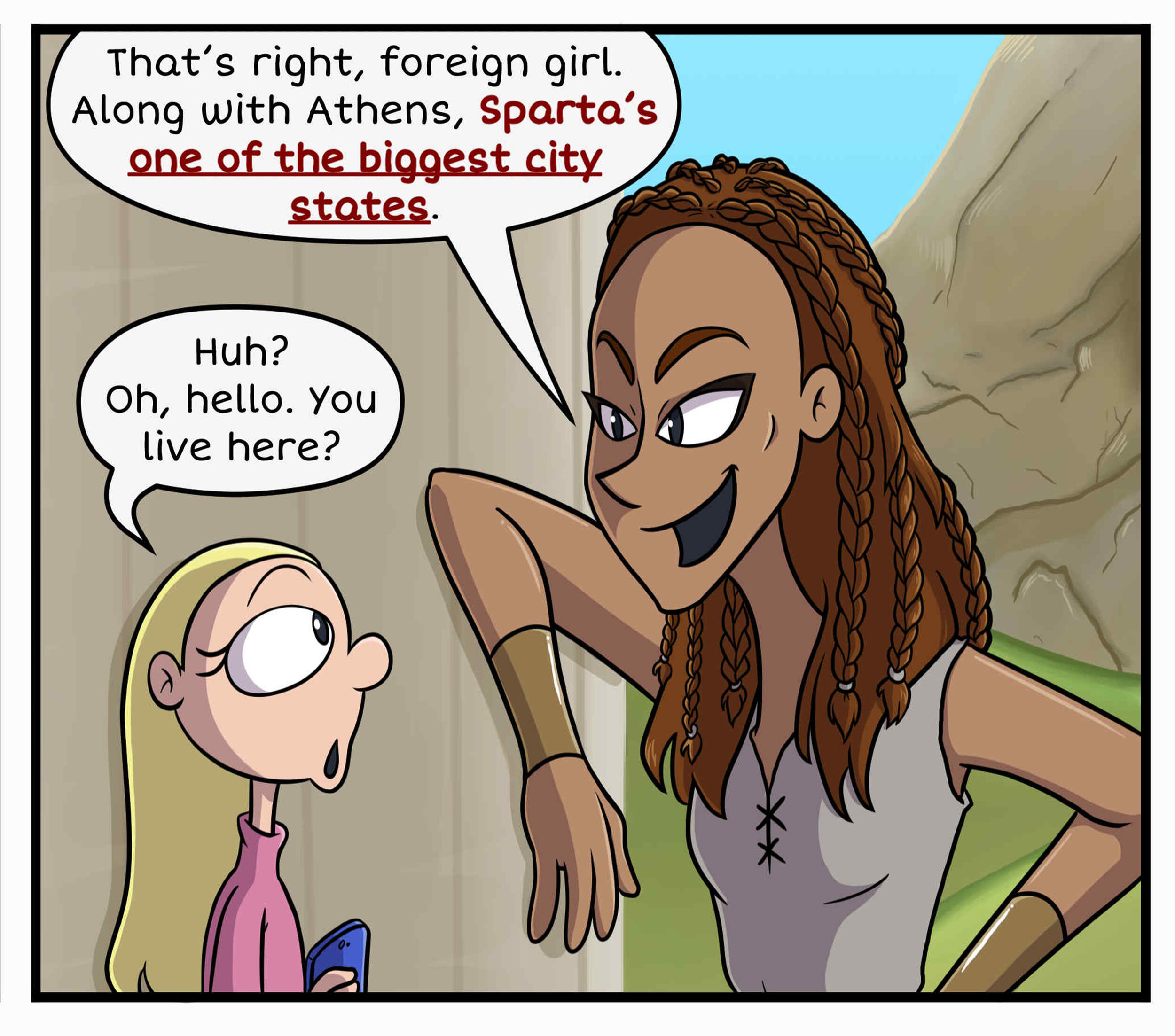

When Dekko highlights an educational point in a story, for most of the comics we include a note of the key word or phrase associated with that point at the FOOTER of the page.
This is a helpful way to organise and remember what you’ve learned.
Those with dyslexia who struggle organising their information mentally find this very helpful.
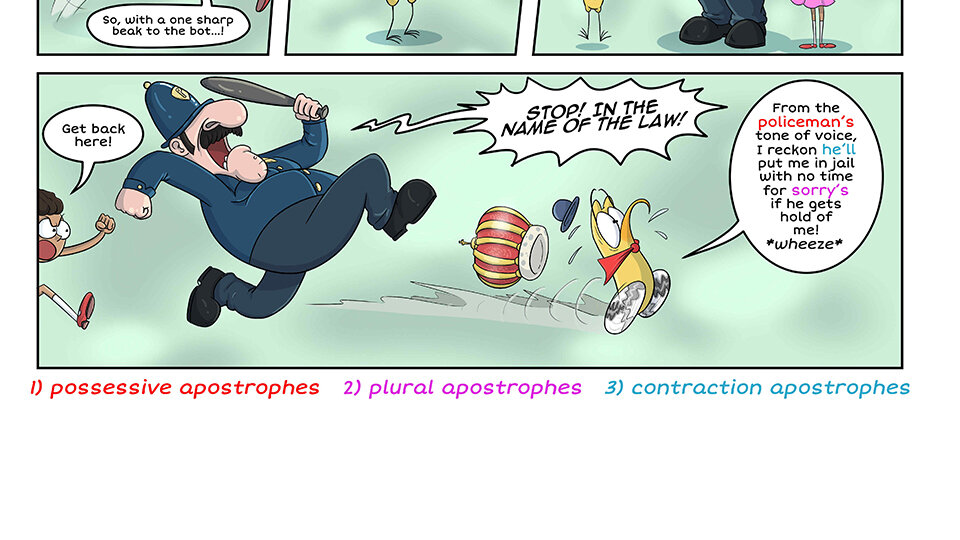
Using Speech Bubbles
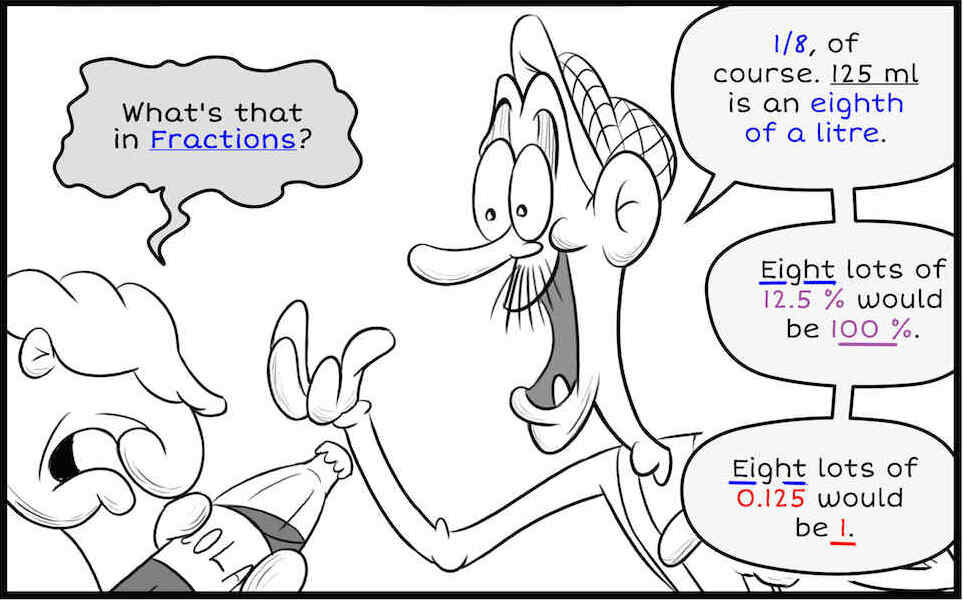
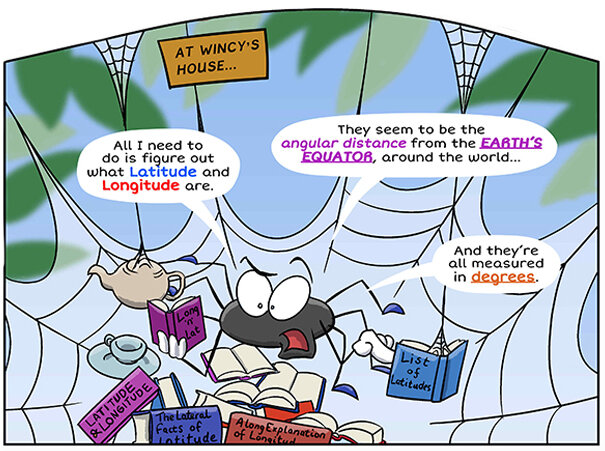
One of the biggest problems for students with dyslexia is overwhelming blocks of text.
The comic format means that the information is naturally broken down into speech bubbles.
This breaks down the information, as well as distinguishing each bit of info by putting it inside a shape.
Comics by nature cannot have too many words in the speech bubbles; otherwise any reader could be put off. They are a VISUAL medium.
So the speech bubbles make the information concise for the reader, without them even needing to break it down into bullet-points first.
Using Panels / Boxes

Also by the nature of the comic format, the information is further broken down by the boxes of the comic. Each box / panel of the comic holds a different fact, and can be remembered by that box.
Like breaking down the information into bullet-points or a mind map, Dekko Comics breaks it down into panels.
Visuals
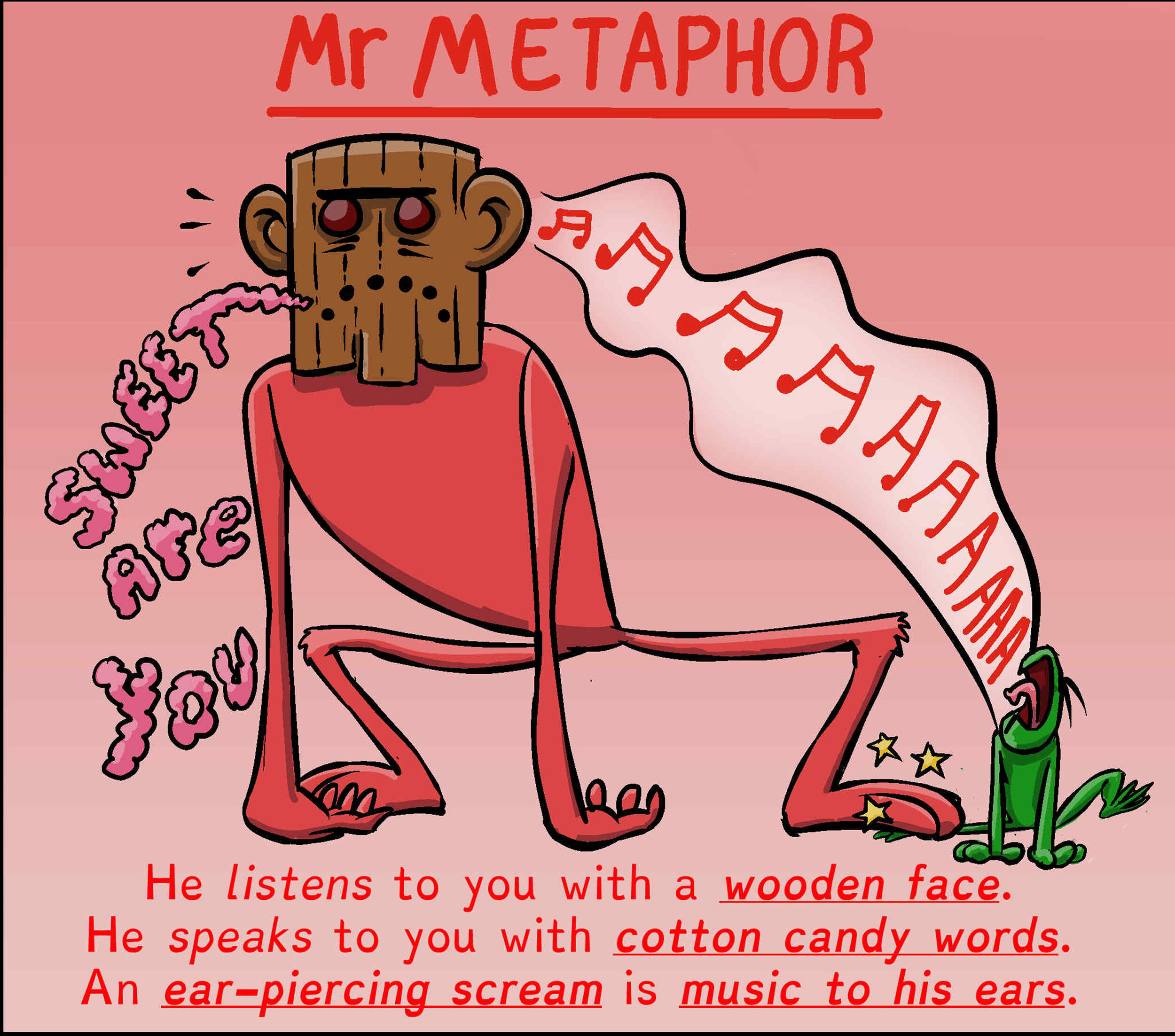
Dekko Comics don’t just use visuals to tell the story of the comic. Visuals (pictures) are heavily used to teach the information just as much as the words themselves.
Dekko sees the visuals as a communication tool, and not just a pretty picture. Each image is also a landmark for the reader to remember or refer back to.
Furthermore, dyslexic readers can rely on more than just words to interpret, comprehend and remember information with.
Storytelling

Through the use of storytelling, Dekko provides a point of narrative to follow the information with as well as remember and recall.
Through an engaging character-driven story, it naturally motivates the reader to read on; (especially helpful for anyone with a negative relationship with or reluctance to reading).
For dyslexic learners, laying out the facts in a story provides more leverage for the mind to navigate and remember material by - rather than just words and numbers. This is especially helpful for creative minds who think with stories.
Fun & Funny
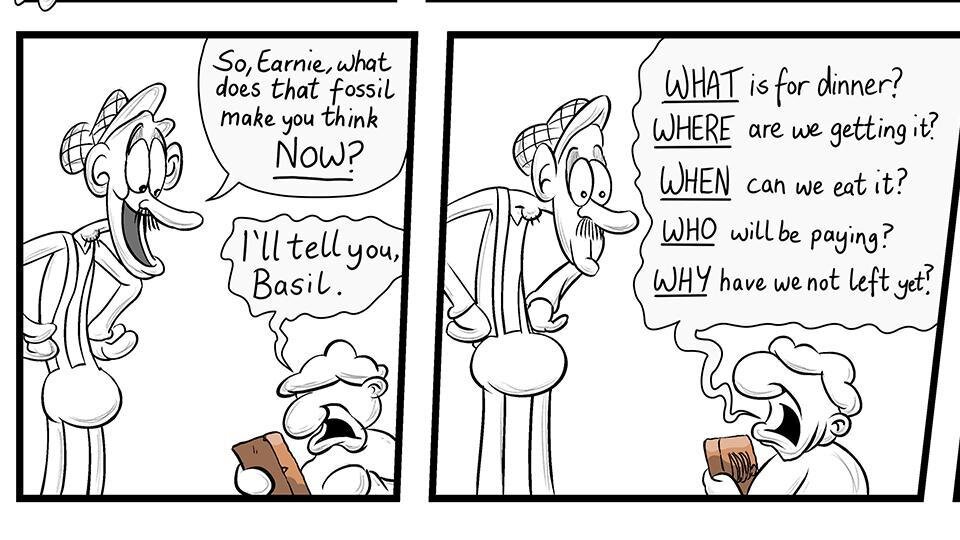
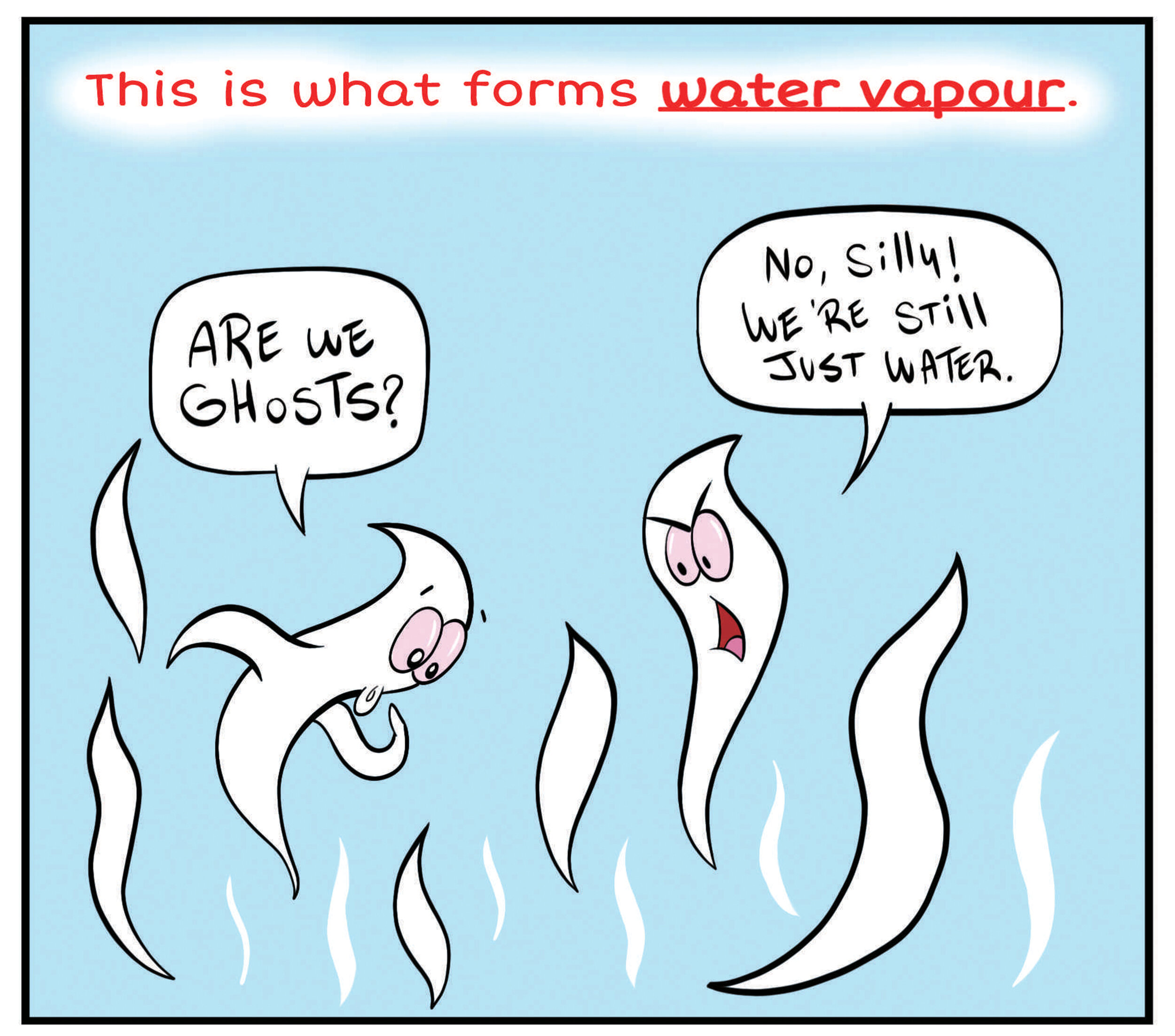
By making the comic content enjoyable to read with or without the educational element, it breaks down motivational barriers and increases positivity and willingness towards the material; regardless of the literacy element or school subject being covered.
Having strong, FUN bits of the comic story creates something memorable to refer back to, for it makes an impression on the reader.
The same can be said for making it FUNNY. A joke that makes the reader smile or laugh is much easier to remember than just the fact written on its own.
For students with dyslexia, self-esteem is all too often a critical issue when it comes to struggling with reading and schoolwork. By making it a fun and funny experience, we have seen before our eyes how it encourages a dyslexic student to read on and put their fears to one side.
Made by a Dyslexic Author

Dekko Comics are based on a technique that its founder and creator, Rossie Stone, used on himself for his exams when he was at school.
Rossie is dyslexic and at school he struggled all his life, being at the bottom of most academic classes and getting poor grades despite extra support and long revision efforts.
It wasn’t until towards the end of his school studies that he discovered he could turn his study notes into fun comic strips. This helped score him his first academic Grade A in an exam…
Source - Reading support for Dyslexia | Dyslexia Friendly Comics — Dekko Comics
